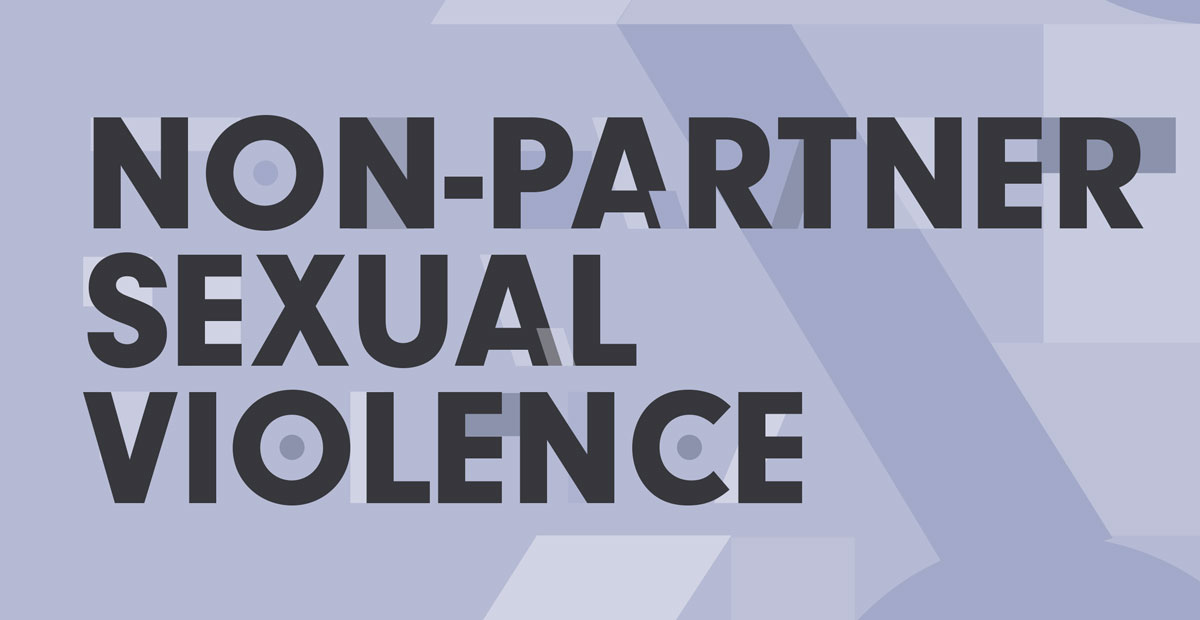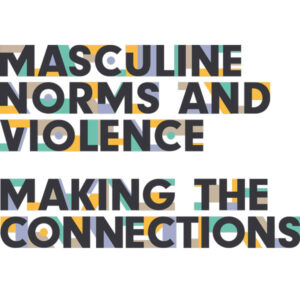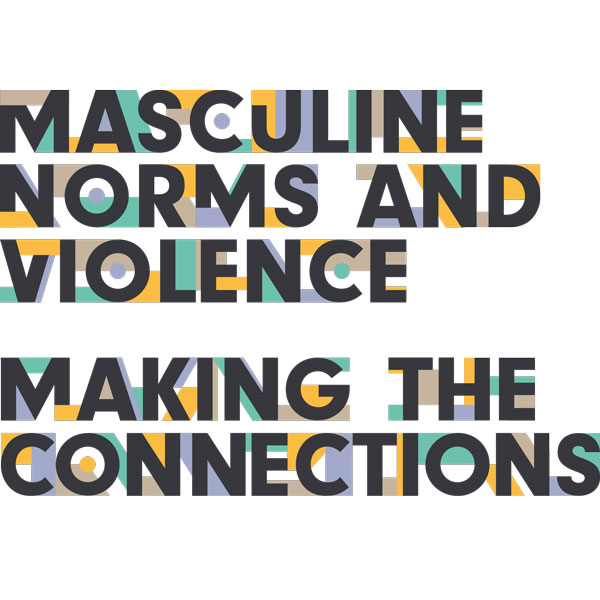
This blog is part of the Making the Connections series. Each blog focuses on one particular form of violence.
This year, Equimundo and Oak Foundation launched Masculine Norms and Violence: Making the Connections, a new report examining the links between harmful masculine norms and eight forms of violent behavior.
While there is nothing inherent about being male that drives violence, how we socialize boys into their identities as men and what we expect of them – that is, society’s masculine norms – are undeniably linked with violence. Indeed, boys and men are often raised, socialized, and encouraged to use violence in some form; on the whole, men and boys are disproportionately likely to both perpetrate most forms of violence and to die by homicide and suicide. However, the research affirms that this violence is preventable, gender equality is achievable, and nonviolent norms and ideas about manhood are prevalent and powerful.
This sixth blog in the Making the Connections series focuses on non-partner sexual violence. It breaks down the facts on the issue, its linkages to other forms of violence, and recommendations for action.
Non-Partner Sexual Violence
The Facts
There are various forms of non-partner sexual violence, such as verbal sexual harassment, unwanted sexual touching, and rape. Non-partner sexual violence is predominantly perpetrated by men against women and girls, although increasing evidence finds substantial sexual violence by men against other men and boys.
The WHO estimates that 7 percent of women globally have been sexually assaulted by someone other than a partner (a number that excludes sexual harassment). Forms of sexual violence other than forced sex acts, particularly street-based sexual harassment, are prevalent.According to ActionAid, 79 percent of women living in cities in India and 89 percent in Brazil have been subjected to sexual harassment or violence in public, as have 75 percent of women in London. Consequently, men are considerably more likely than women to say they feel safe walking alone at night in their communities, according to data from 143 countries.
Sexual violence against men and boys is widely underreported, in large part due to normative ideas about masculinity, gender stereotyping, and the resulting stigma attached to being a male survivor of sexual violence.
The Links
Gender-inequitable masculinities are among the top causal factors of rape perpetration, according to a 2012 synthesis of approximately 300 qualifying studies. Likewise, IMAGES data from five countries demonstrate that men who hold attitudes of male privilege and entitlement are consistently more likely to perpetrate rape.
Perpetration of sexual violence can serve as a tool for men and boys to prove their manhood, achieve social status of a “real man,” and establish power and control over others. Sexual violence can also be used as a tool to regulate the gender performance of women and girls, and of other men and boys.
The array of culturally salient attitudes that drive male sexual violence – including harmful masculine norms – are so globally and locally pervasive that feminist scholars and cultural critics coined the term “rape culture” to describe it. Furthermore, rape culture places blame on the woman if she is victimized and effectively renders invisible the cultural dynamics that create an environment in which sexual violence occurs.
The Intersections
As with other forms of violence, being a victim of violence as a child is linked with a significantly higher likelihood of men’s perpetration of sexual violence as adults.
Global data suggest complex, multidirectional relationships between educational achievement, income level, and sexual violence perpetration, making broad generalizations impossible.
In addition to adverse childhood exposures and gender-inequitable masculinities, research identifies three other top risk factors for rape perpetration: attachment and personality disorders, social learning and delinquency, and substance abuse and access to firearms.
From Theory to Practice
Initiatives aiming to prevent non-partner sexual violence should focus on the following transformations of harmful masculine norms:
- Ask participants to name and identify the harmful effects of gender norms on both men and women, particularly as they relate to gender expression and sexuality.
- Foster discussion and appreciation of alternative masculinities and sexuality that provide healthy, nonviolent ideas of manhood.
- Identify rape culture and engage participants in an exploration of how it manifests, its negative consequences, and how to change it (encouraging advocacy).
- Demonstrate the broad, harmful effects of sexual violence, including intergenerational effects, and insist that sexual violence is never justified.
- Recognize psychosocial support as particularly important for young people who have experienced or witnessed violence while growing up, to help disrupt intergenerational cycles of violence perpetration.
Read the rest of the Making the Connections blog series to learn more about intimate partner violence; physical violence against children; child sexual abuse and exploitation; bullying; homicide and violent crime; suicide; and conflict and war.

